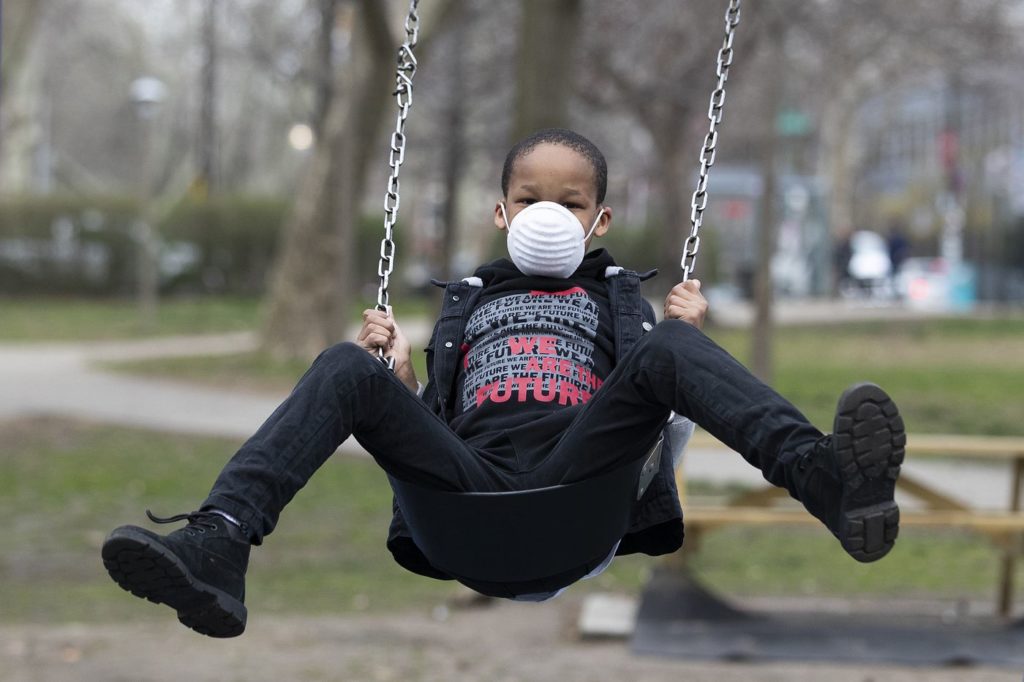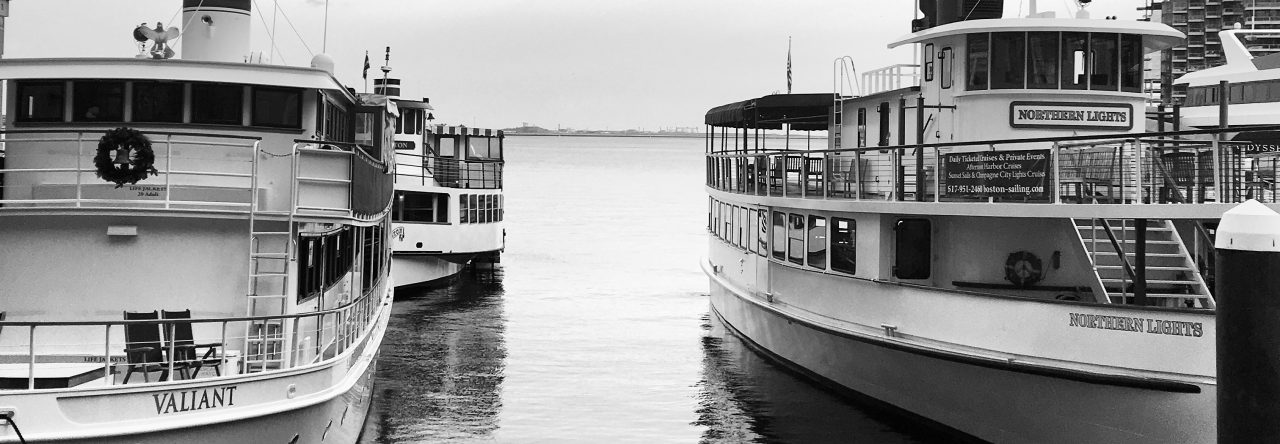
Sending students back to school in the midst of a pandemic presents an unparalleled challenge to educators, but it’s not impossible to overcome.
What happens every fall under normal circumstances–that is, the beginning of a new academic year in public schools across our country–has suddenly turned into one of the most challenging logistical feats educators have ever encountered.
Making matters worse, the ground keeps shifting under the schoolteachers, administrators, and local and state leaders who grapple with how to safely educate the millions of students normally under their care. COVID-19 is in a full rampage: multiple states are setting record-high infection rates, and national healthcare advisors warn of the consequences yet to come.
How, then, do we begin to explore the idea of teaching kids in a way that keeps everyone as safe as possible? Here are five things to keep in mind.
We know children are at a lower risk when it comes to COVID-19, but few have explored vulnerabilities within the educational workforce.
While students may fit into a low-risk category for contracting the novel coronavirus, the faculty and staff members charged with their care certainly do not. The average teacher in the United States is 42 years old. Principals are even older. They bring along pre-existing healthcare conditions that complicate the consequences from a COVID-19 infection.
While an outbreak among students presents a lesser risk of life-threatening outcomes among children, their teachers are many times more in danger of suffering or perishing from the disease.
To complicate matters, there won’t be enough substitute teachers to cover for all the educators who will invariably fall ill.
Although there doesn’t seem to be national statistics readily available, my anecdotal observation is that substitute teachers are frequently older, retired educators themselves who supplement their retirement incomes with part-time sub work. They will be among the most vulnerable, and it’s quite possible they will simply refuse to work in conditions so immediately dangerous to their health.
The logistics of public school education make it inherently difficult to return all students to the classroom while maintaining public health.
CDC guidance for public schools mandates that educators maintain physical distancing among students, recommending reduced daily capacity across all measures.
That means a bus that normally carries 50 children will now only carry 20. A classroom normally home to 24 students should only contain 15.
Let’s just consider buses. Big, yellow school buses drive millions of miles every single day transporting school children. Implementing distancing restrictions will easily double those miles–and their associated costs. Bus drivers will work longer hours, buses will consume more fuel, and equipment will require more maintenance.
In North Carolina, years of budget cuts in public education have forced schools to combine teacher assistant jobs with bus drivers’. If bus drivers have to spend more time at the wheel, they won’t be able to help in the classroom.
Everything–everything–we do in response to this is going to increase the cost of public education, and we as taxpayers must pay up if we expect in-person instruction.
Parents are going to be an unfettered nightmare.
I’m the father of three kiddos, two of which are in grade school. In a normal year, it doesn’t take more than a few weeks of school before one of them will come home with a fever or bug.
As soon as this happens this fall, parents are going to lose their minds.
They will panic. They will blame each other. They will blame teachers. They will demand schools close. They will demand schools reopen. They will circulate gossip and rumors and hearsay. They will take to social media.
And just like every other normal school year, they will still send their kids to school sick.
To make in-person schooling work will require a greater level of coordination and cooperation than we’ve ever seen.
Like it or not, political and economical influences–not educational outcomes–are driving decisions to return to in-person instruction this fall. That doesn’t mean such a return is impossible, nor does it mean we can’t find ways to make it safer.
Faculty will have to work across entire districts to improve online instruction. Educators will have to leave their comfort zones. Systems will have to deputize everyone they can to add supervision and classroom monitors when teachers are stretched thin.
Students will have to attend school in shifts, alternating days or weeks in the classroom with online delivery. When they’re not in school, churches, YMCAs, Boys & Girls Clubs, and other non-profits with facility space and able supervision will act as supplemental school facilities.
Normalcy will still be put on hold. Attendance rules will need to go out the window. Standardized tests will need to be suspended or used only for reference, not evaluation. Every high school transcript will need an asterisk.
Teachers will do everything we ask of them in service to their students. We must be very thoughtful about what we’re asking.
There are no win-win situations right now. Regardless of the return-to-school plan we pick, there will be consequences. We will lose children, and we will lose teachers, and every life is beloved. But if we don’t bring our children back to school, we will lose precious lives to inherent dangers like domestic violence, gang activity, and substance abuse.
Every parent in America has quickly learned how hard it is to be an educator. Teachers’ jobs are difficult under the best of circumstances, and they will be overwhelmingly tough this fall.
My good friend Greg Franklin once observed that life rarely presents choices that are definitively right or wrong. Sometimes you simply have to make a decision and work to make it the right one.
No matter what the decision is for schools in your community, understand that we will all be called to help make it the best one.
AUTHOR’S NOTE: I am an English major, not an epidemiologist, economist, political scientist, or voodoo doctor. Which is to say take everything above with a full (if not lost) shaker of salt, rely more on science, data, and facts than internet op-ed blowhards like me, and please wear a mask.






Leave a Reply